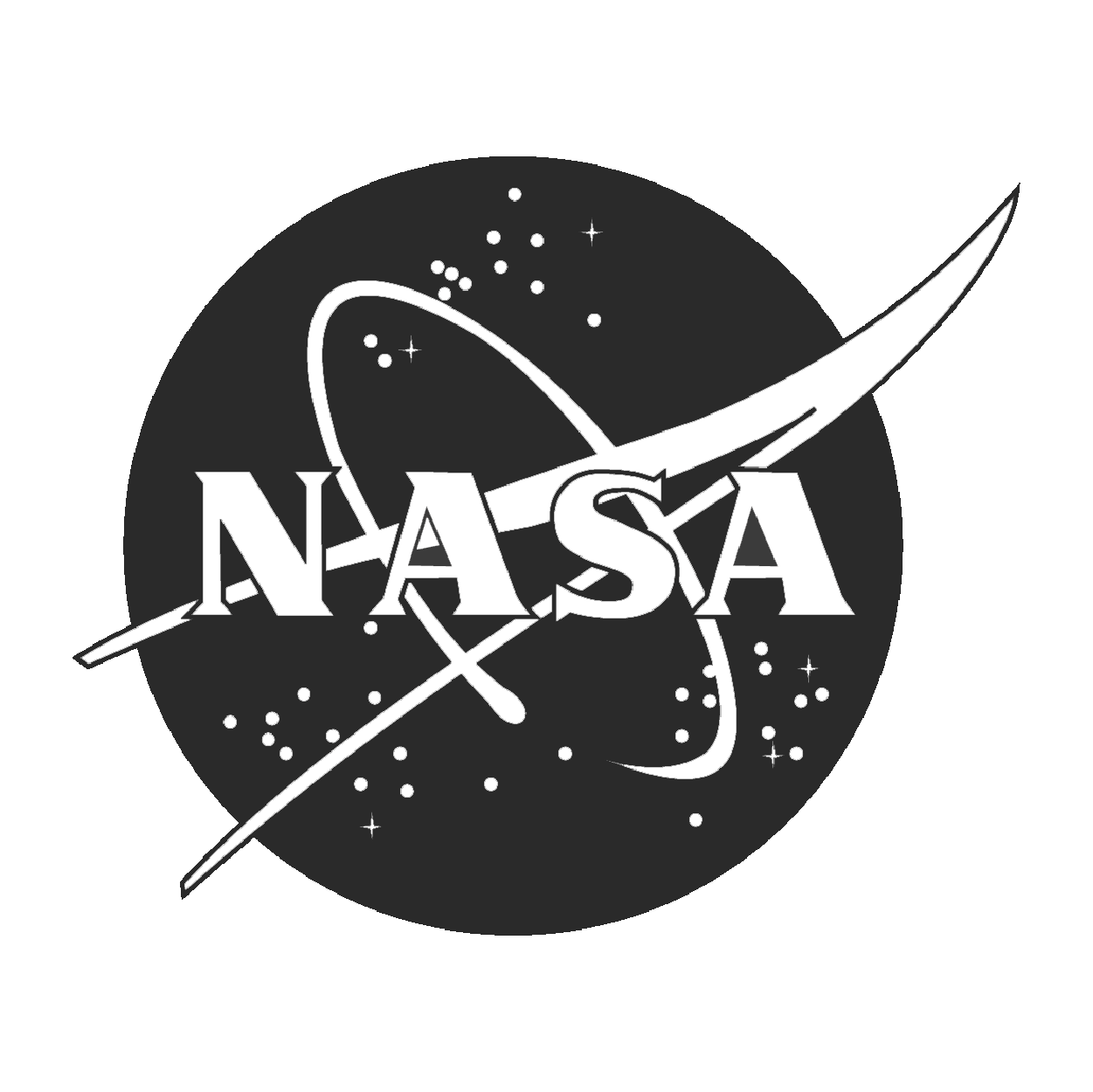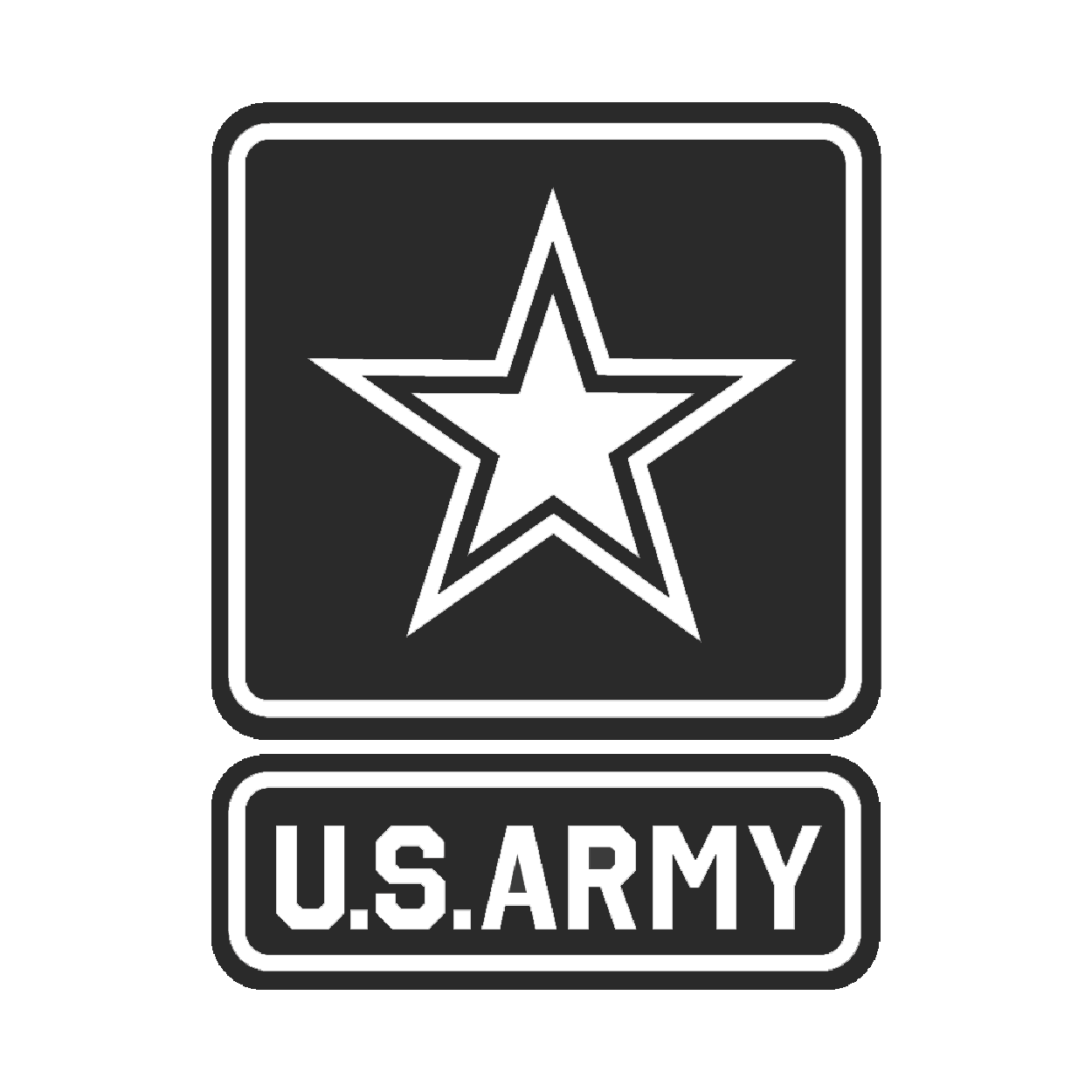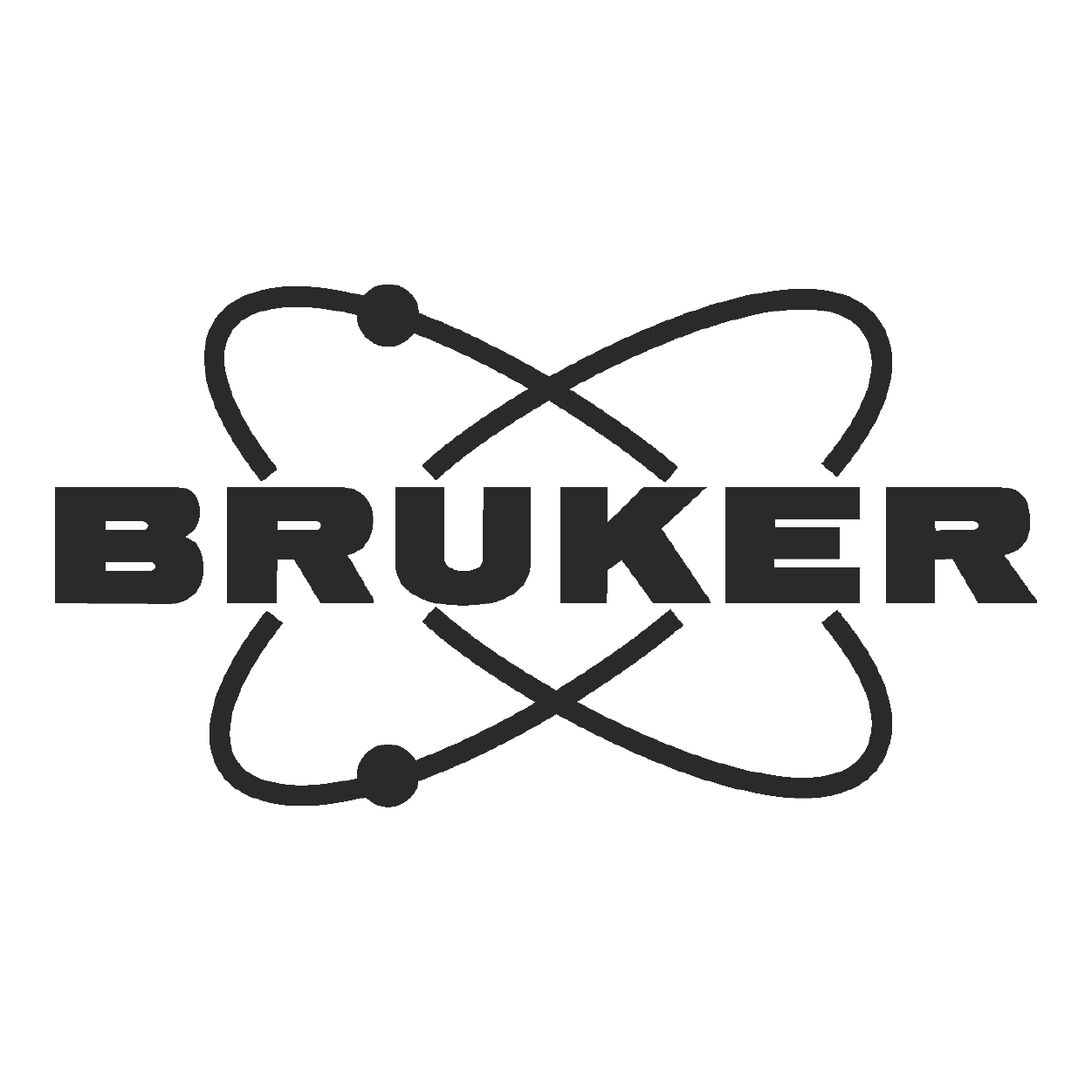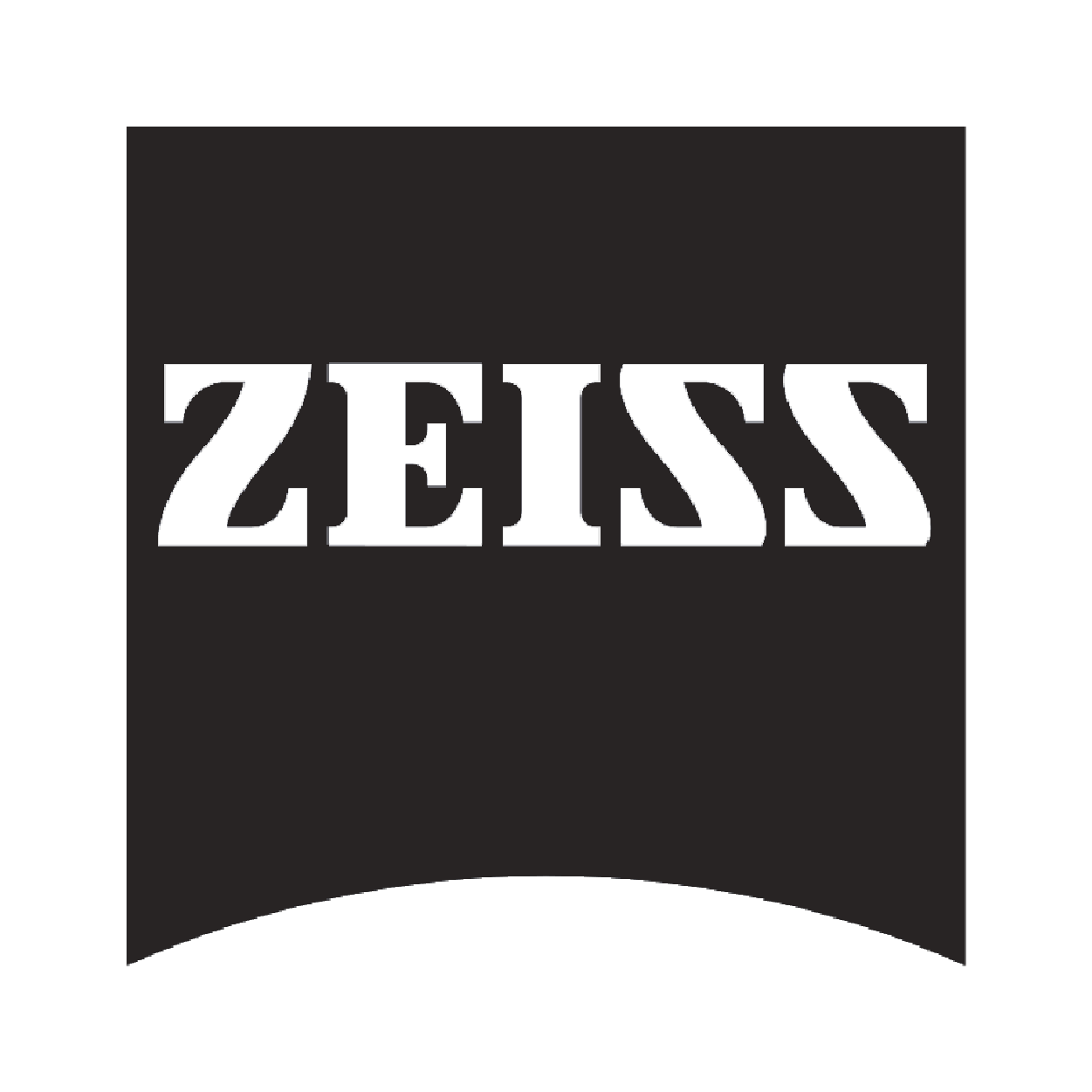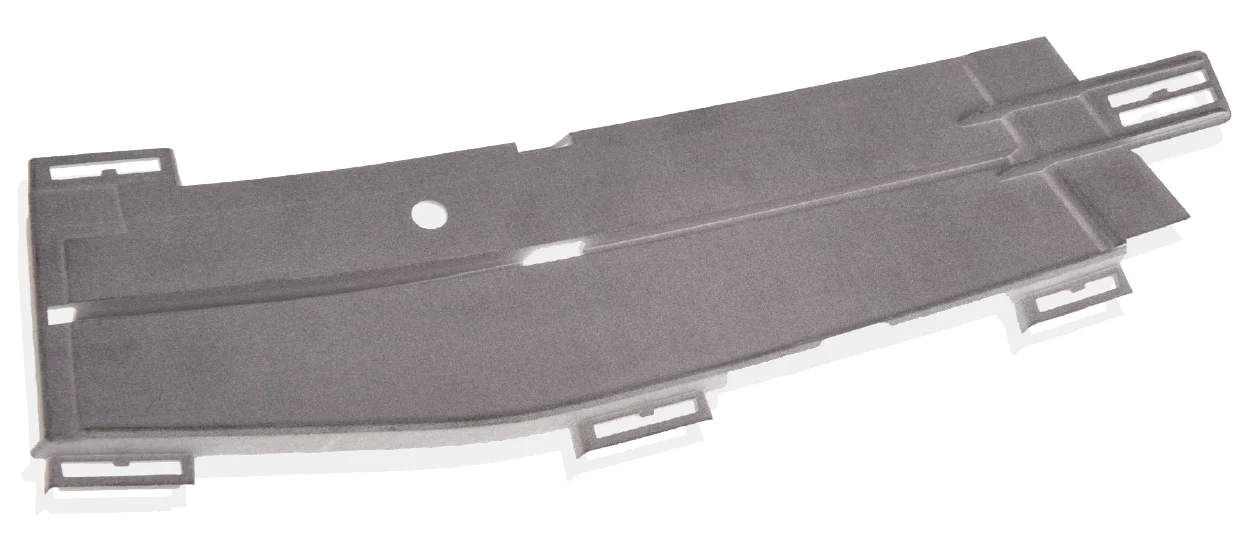
What is Multi-Jet Fusion (MJF) 3D Printing?
Multi-Jet Fusion (MJF) is a 3D printing technology Hewlett-Packard (HP) developed to produce medium-sized, high-resolution rigid, flexible polymer parts. It is a proprietary technology in powder bed fusion processes, similar to selective laser sintering (SLS). Additionally, MJF 3D printing is known for its ability to create intricate and durable components, making it a valuable option for various manufacturing applications.
MJF Materials at Prototek
HP Nylon 12 and HP Nylon 12 GB are excellent high-performance materials Prototek Digital Manufacturing offers, ideally suited for our Multi Jet Fusion (MJF) 3D printing services. These nylon-based materials are ideal for various industrial applications thanks to their exceptional mechanical properties, dimensional accuracy, and surface finish. From prototyping to production, HP Nylon 12 and HP Nylon 12 GB materials outshine the competition. In short, they offer unparalleled strength, durability, and quality to meet your project’s needs and exceed your expectations!
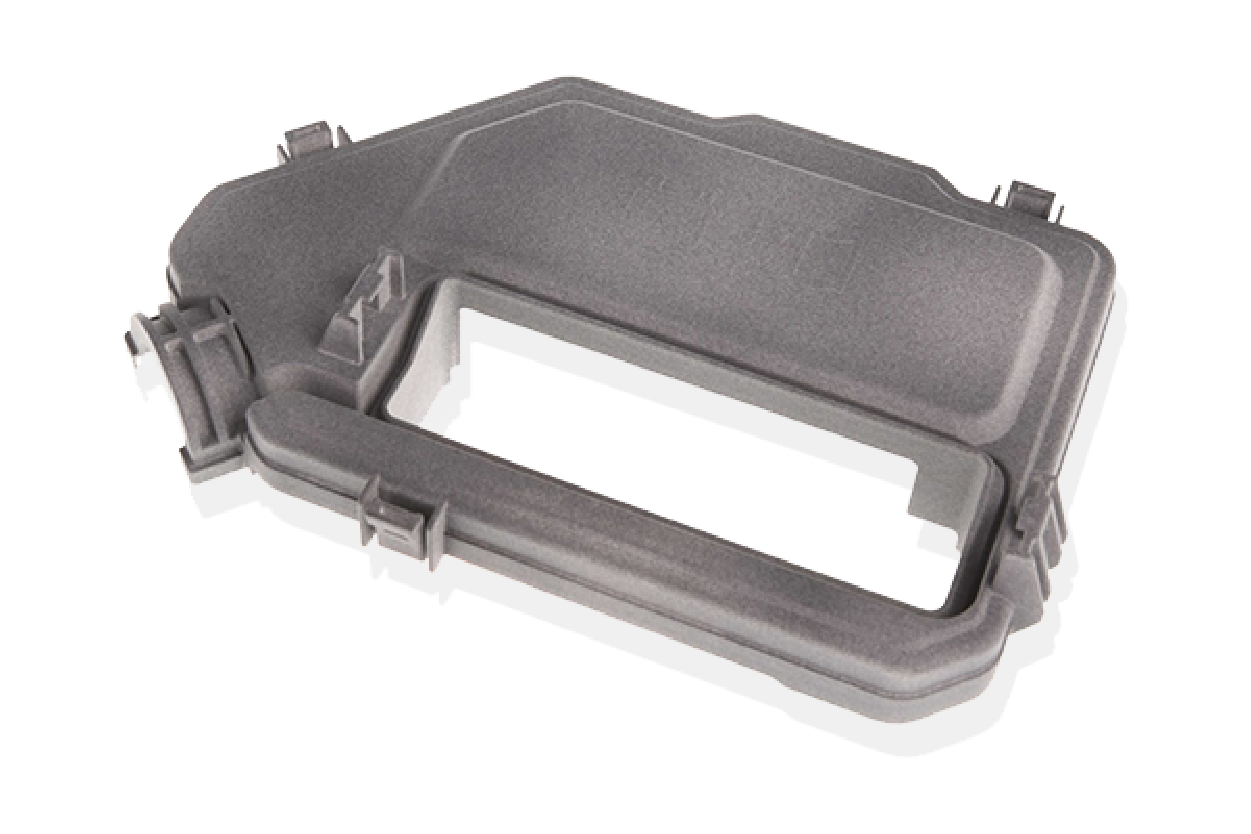
Above is a photo of a cover prototype for an automotive component manufactured with MJF HP PA 12.
What to expect from parts made with MJF.
MJF, which stands for Multi Jet Fusion, offers a highly effective process for manufacturing prototypes, tools, and functional parts within the 0.39 in – 3.93 in (10 mm – 100 mm) size range, achieving a high dimensional accuracy of up to 0.012 in (0.3 mm). Further, the material properties of MJF 3D printed parts exhibit almost isotropic behavior, allowing for consistent and predictable performance across different axes. Additionally, the resulting surface quality is noteworthy, with a roughness measuring at an approximate Ra ~ 5 µm after the bead blasting process. This level of detail is crucial for applications where precision is paramount.
Max Build Area
14.96 x 11.18 x 14.96 in
Dimensional Accuracy
0.012 in
Layer Thickness
0.003 in
Surface Roughness
Ra ~ 5 µm (after bead blasting)
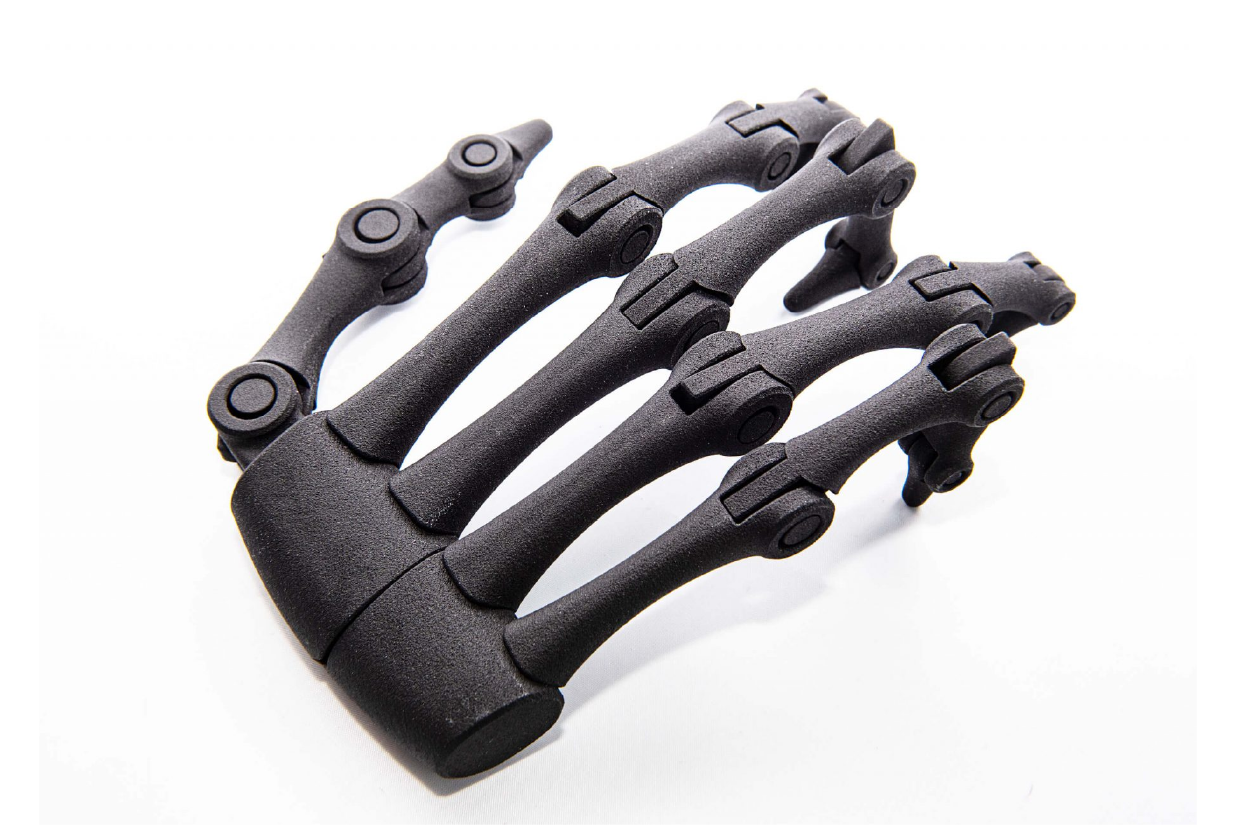
Multi-Jet Fusion 3D printed skeleton hand.
How does MJF work?
An AM technician starts by uploading your CAD file into the machine. Subsequently, the software breaks it down layer by layer. The device applies a fusing and detailing agent using an inkjet array across a nylon powder bed fused by heating elements. Once the laser finishes, a roller applies a new layer of powder onto the powder bed. The process repeats until the parts are complete.
Upon completion of the build, the entire powder bed is removed and taken to a breakout station. Here, AM technicians carefully remove the parts from the powder and brush off the excess powder. The components are then placed into a container and blasted with a blasting medium to remove the remaining powder. After this step is complete, the parts go to the finishing department.
Note: The HP multi-jet fusion printer does not need support structures because the part is suspended in powder.
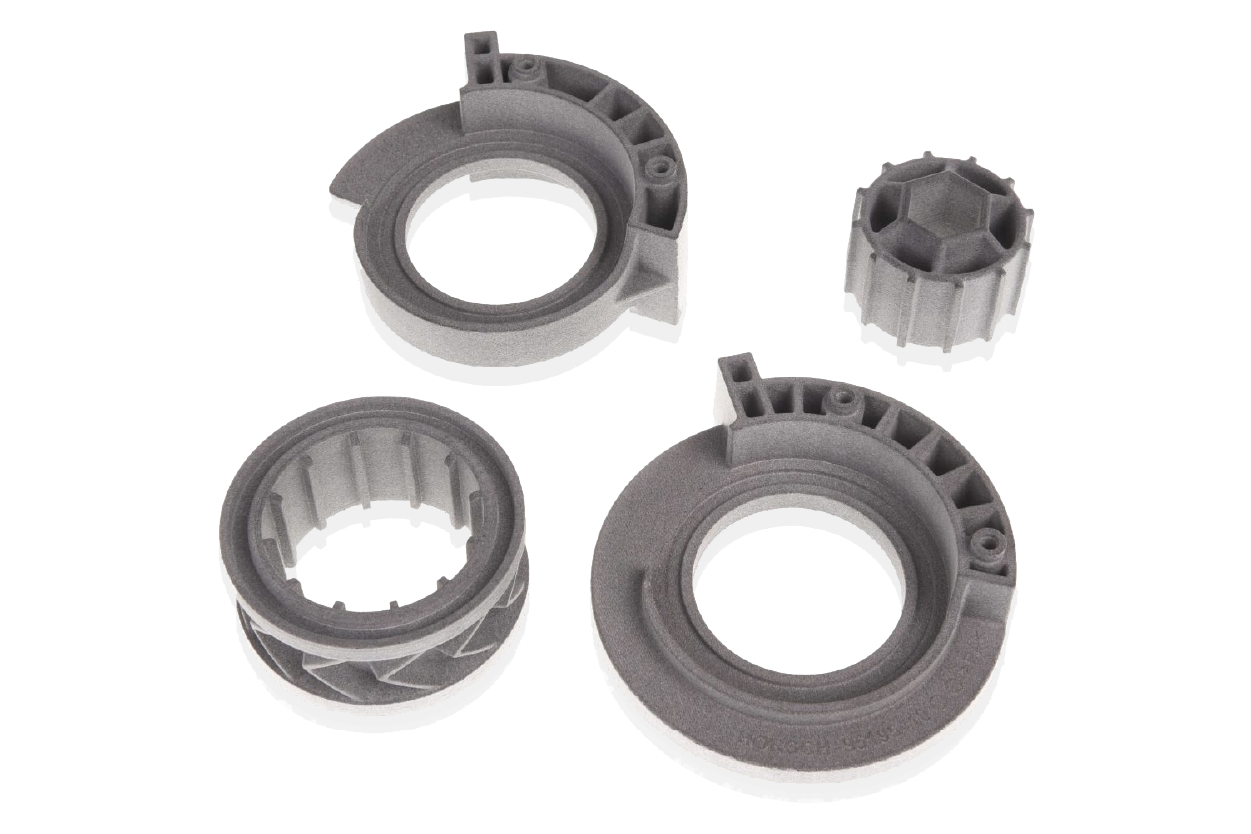
End-use MJF 3D printed components for a combine harvester.
Post-processing MJF 3D-printed parts
After the build cycle, the entire build unit needs to cool. This process can take more than a day, although faster cooling is possible at the expense of part quality. Once the build unit has cooled down, the parts are removed and separated from the powder. Subsequently, bead blasting removes residual powder from the part surface. After the blasting, the parts are cleaned with pressurized air to remove the remaining blasting material and loose powder. MJF parts with standard finish have a rough surface compared to stereolithography, digital light processing, hybrid photosynthesis, and injection molding.
Additionally, several post-processing methods are used to increase the surface quality of MJF 3D-printed parts. Furthermore, vapor smoothing is a post-processing technique for achieving smooth, watertight surfaces. It can be automated using AMT’s post-processing systems.
It is worth noting that the default color of MJF parts is grey. Dyeing parts during post-processing is widespread. Due to the natural grey color, it can be challenging to produce bright and vibrant colors. However, achieving darker colors such as black is relatively easy. One type of MJF machine can print in full color, but it is not widely available and has a smaller build volume than the standard machines.
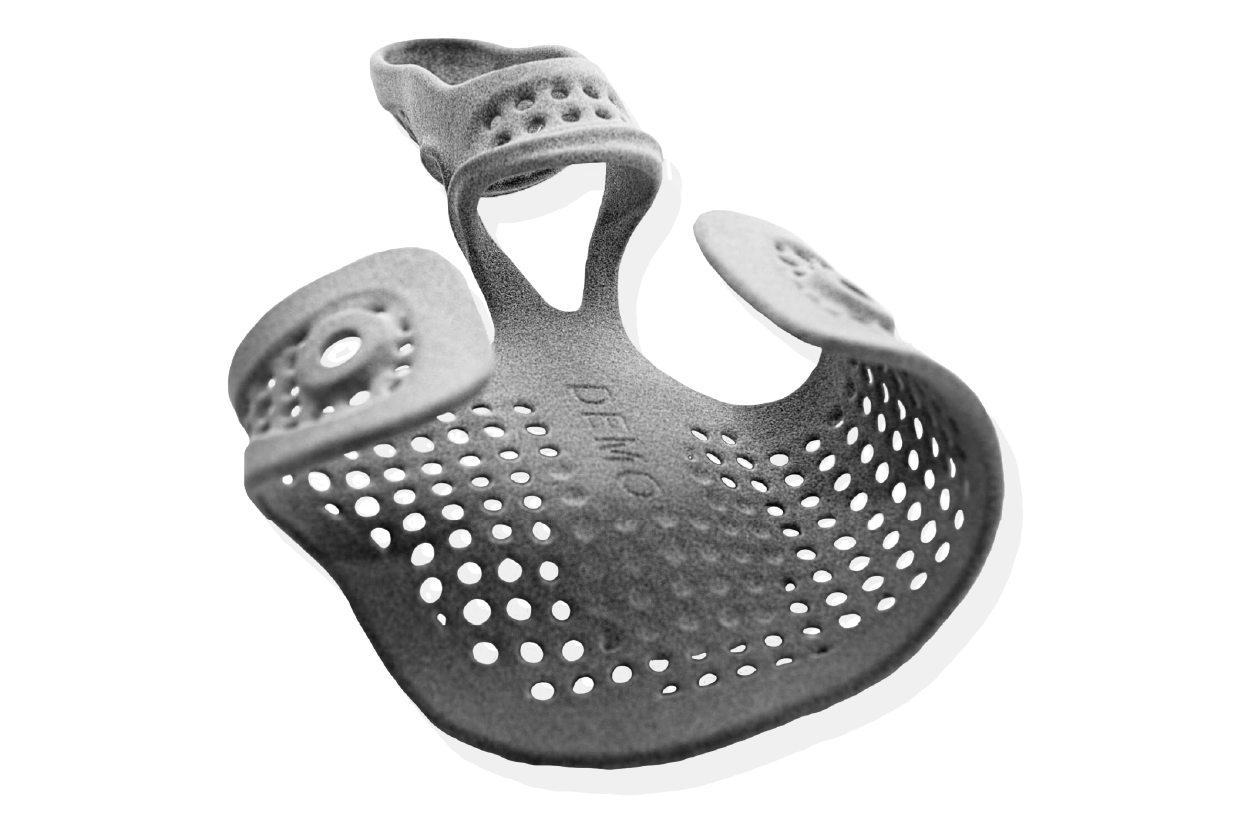
A personalized medical brace was manufactured with MJF 3D printing.

